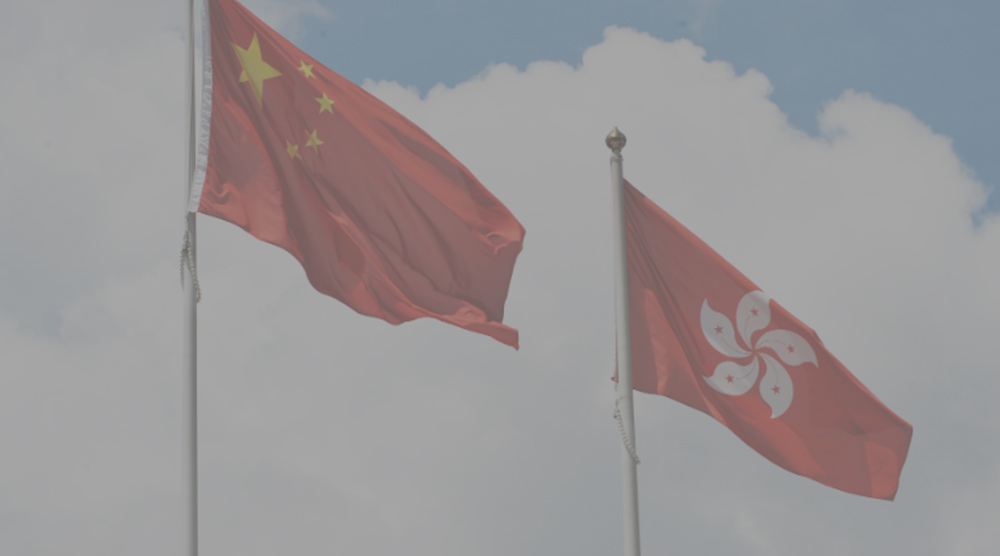The July 1, 2015, launch of the Mainland-Hong Kong Mutual Recognition of Funds (MRF) scheme was hailed as a milestone for the asset management industry. A year on, and it is plain to see that the MRF has not delivered the promised benefits – at least not yet.
Despite monthly net flows into MRF-approved funds and northbound funds’ breaking Rmb1 billion in July for the first time, total assets under management for northbound funds remains at around Rmb4 billion, which is way below expectations. Asset raising for southbound MRF funds has been even lower.
With only three northbound funds approved so far this year, the MRFprogramme has not been helped by regulatory concern over capital outflows from China. Does this suggest the MRF scheme has failed?
Don’t throw the baby out with the bathwater
Nobody is suggesting that the MRF scheme’s slow start is a disaster or that the programme be abandoned. After all, the huge population of potential investors in China has not gone anywhere, and many China corporates remain hungry for international investment.
Rather, the scheme’s first anniversary is a great time to take a step back and consider key lessons so far. These cross several business areas, including sales, marketing and operations.
Looking in particular at the complex challenges in operations, the implications of operational discrepancies between local and MRF products in Hong Kong and mainland China have yet to be ironed out in several key areas.
For example, a significant portion of trades in Hong Kong are still placed via fax machine and processed manually. In mainland China, on the other hand, the Shenzhen Securities Communication Company (SSCC) provides a highly automated messaging service for trade placement and processing. Looking ahead, China distributors and fund managers are unlikely to allow manual trades into and out of the Hong Kong market.
Another key operational challenge is the different trade processing timelines followed in China and Hong Kong. As China operates with individual registered accounts versus Hong Kong’s use of omnibus accounts, an additional step is required to aggregate trades. This means that trade notifications are usually not sent to Hong Kong until about 8:00 p.m., up to four hours later than the Hong Kong standard market practice.
This timing mismatch delays post cut-off processing and requires Hong Kong fund managers or their service providers to extend business hours and pay staff to stay in the office late to process these orders.
In our view, the only way to minimise the impact of the delayed order timeline is to implement a straight-through processing link between the SSCC and Hong Kong-based fund managers. This would simultaneously eliminate manual intervention steps in Hong Kong and reduce processing timeframes. This is exactly the type of solution that Calastone is deploying to support Hong Kong clients that trade under the MRF programme.
While these operational issues may seem academic, they are worth close scrutiny, as they represent a direct hit to the bottom line for distributors and fund managers. Processing orders manually and keeping staff in the office after standard business hours is labour and cost intensive and increases the risk of manual processing errors.
Another reason for the emphasis on operations is that uncertainty in trade placement and processing can translate into regulatory risk. Thus these challenges must be fully addressed before the MRF scheme can reach its full potential as an investment channel between China and Hong Kong.
Finally, for the long-term success of the MRF programme, it is key to ensure more distributors on both sides of the border open their distribution program to MRF products. Adding more funds on their shelves is costly from a regulatory and operational perspective. From our global experience, fund distributors do not want to implement a different operating model when distributing offshore funds.
It is therefore key to ensure that MRF funds benefit from the same operational standards as domestic funds to make it easier for distributors to add these new funds to their offering. This is what Calastone aims to achieve for our clients.
A new wave of MRF products approaches
As fund managers and regulators address the lessons learned during the first year of the MRF scheme, a new wave of funds is approaching – one southbound and 12 northbound funds are currently nearing approval.
Although the first batch of approved funds were required to be pre-existing funds already available in their home markets, the second batch may include funds that are specifically designed for distribution under the MRF scheme. We see the potential for these funds to be met with stronger investment response if they are launched with solid distributor education programs and effective retail marketing support.
We also expect new fund launches to benefit from progress clarifying and rationalising MRF regulations. In particular, we are looking forward to a time when the 50:50 rule is relaxed to allow asymmetric fund assets under management in the Hong Kong and mainland China markets.
In the longer term, the scheme could also benefit from the launch of complementary investment channels. For example, we could see the emergence of China-U.K., China-Singapore or China-Australia MRF programmes.
This all points to a positive future for the MRF scheme following its underwhelming debut. Indeed, we still consider the launch of the programme, and now its first anniversary, to be a milestone for the global asset management industry. If the lessons are learned from the past year, then there are healthy prospects for the industry.
First published in Ignites Asia (07/09/16 – http://ignitesasia.com/c/1445233/166643?referrer_module=SearchSubFromIA&highlight=calastone)











